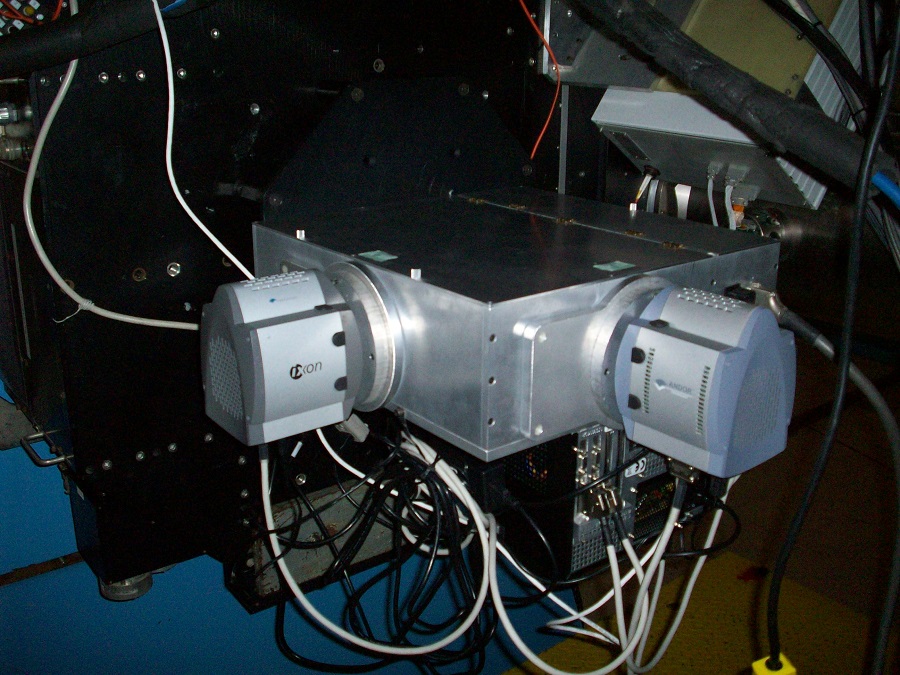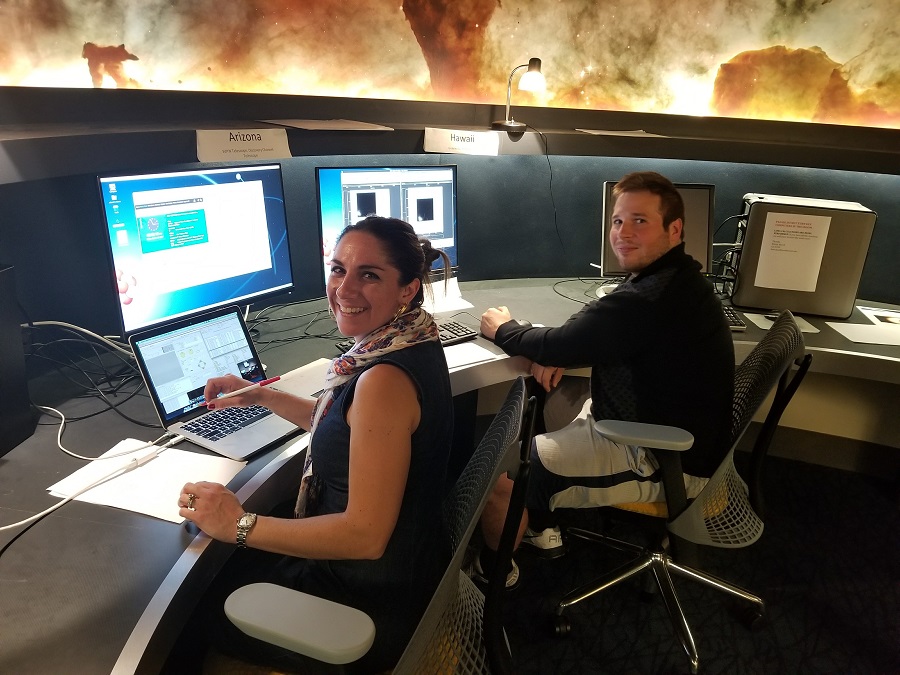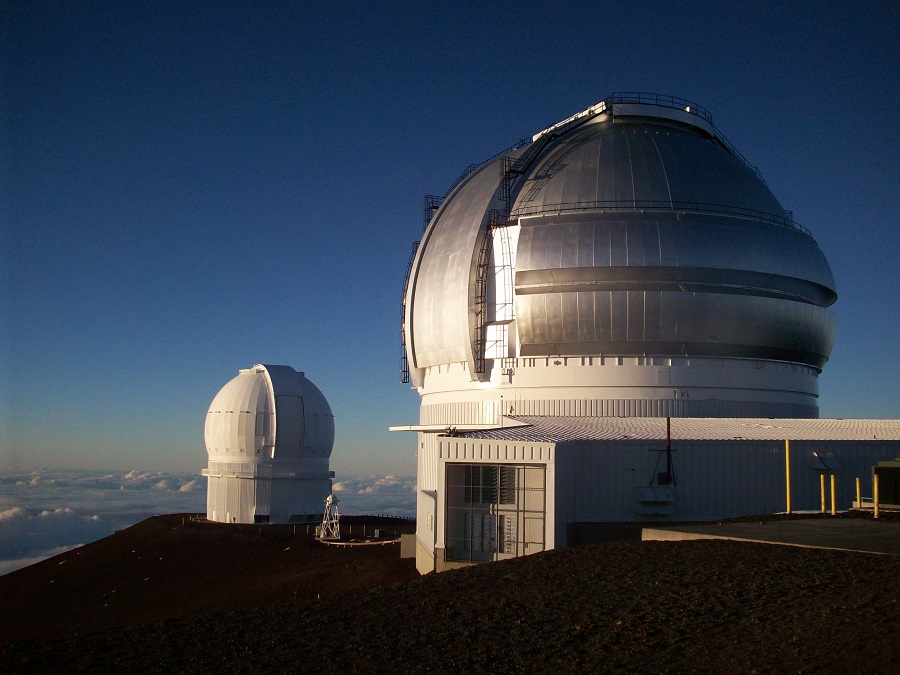The group is led by Prof. Elliott Horch and Prof. Dana Casetti. Other current group members at SCSU include Dr. Terry Girard, Adjunct Instructor Xander Petroski, graduate students Fiona Powers Özyurt, Max Martone, Jessica McKeon, and Matthew Buchkowski, and undergraduates Riley Barrett and Bleu Wilson.
Past graduate students (and their current affiliations) include Nicole Granucci (Quinnipiac University), Caitlin Hansen (Yale University), Paul Klaucke (Quinnipiac University), Hang Pham (Yale University), Justin Rupert (MDM Observatory), Olivia Weiss (Lowell Observatory) Rich Pellegrino (SCSU), Torrie Sutherland (Apache Point Observatory), Cas Adams (Aperture Optical Sciences), Xavier Lesley (Ohio State University), and Jon Leonard (Quinnipiac University).



Group News
- September 2025: Dr. Horch is awarded a new NSF grant in collaboration with Dr. Todd Henry (RECONS Institute) and Dr. Jennifer Winters (Bridgewater State University). The team will observe some 5000 low mass stars with high-resolution imaging techniques to better understand their formation, evolution, and ability to host both stellar and planetary companions. See a summary of the project.
- August 2025: Dr. Casetti is awarded time on the Hubble Space Telescope for her project entitled “Search for an Intermediate-Mass Black Hole in the Globular Cluster 47 Tucanae.”
- June 2025: Graduate student Xander Petroski (M.S. 2024) presents a first-author publication at the American Astronomical Society meeting in Anchorage, Alaska.
- May 2025: Group member Ana Baculima (B.S. 2025) becomes the first person at SCSU to graduate with the new Minor in Astronomy.
Current Research Projects
Astronomical Instrumentation
The group is involved in the construction of high-resolution imaging systems used with large telescopes at major observatories, and in novel, prototype high-resolution imaging systems used on campus.
Galactic Dynamics
This field studies the formation and evolution of our Milky Way galaxy in a cosmological context. The work at SCSU is focused on building and analyzing surveys of stars and stellar systems in our Galaxy and its satellites. Specifically, measurements are made of the transverse velocities of these objects, and these are combined with other properties to constrain cosmologically-motivated Milky-Way models.
Intensity Interferometry
A high-resolution technique first used in the 1950s is being revisited at SCSU with modern instrumentation. The goal is to develop and use a wirelessly connected, multiple-telescope instrument capable of measuring stellar diameters from our campus.
Speckle Imaging Surveys of Low-Mass Stars and Exoplanet Hosts
In collaboration with the RECONS Institute, Lowell Observatory, the University of Virginia, and Bridgewater State University, our group is involved with systematic high-resolution imaging surveys of K and M dwarf stars, that is, those less massive than the Sun. The work involves observing at the Apache Point Observatory 3.5-m Telescope, Lowell Observatory's Discovery Telescope, and both Gemini telescopes. The work will result in a volume-complete sample of stars for which the binary and multiple-star statistics are well-known, which will inform theories of star and planet formation.
Further astronomy activities on campus are conducted in the Earth Science Department.
